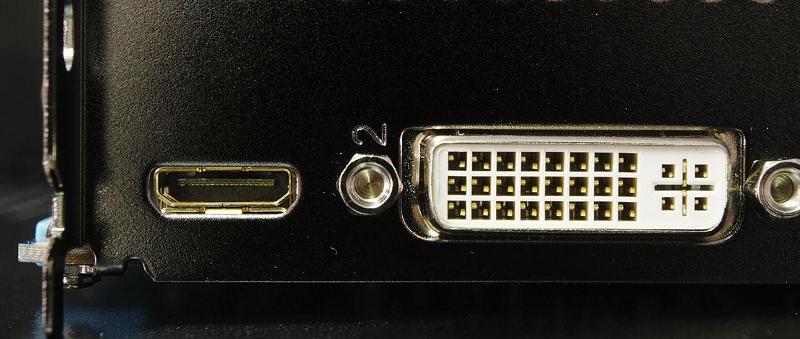In the ever-evolving world of digital display technology, two interfaces have emerged as the frontrunners: DVI and HDMI. But which one should you choose? In this article, we'll delve into the basics of DVI and HDMI, explore their consumer use cases, and uncover their strengths and weaknesses. Whether you're a gaming enthusiast, a TV aficionado, or simply looking to upgrade your display setup, this comprehensive guide will help you make an informed decision. Let's dive in!
DVI vs HDMI: Understanding the Basics
Learn about the origins and features of DVI and HDMI interfaces.
DVI, or Digital Video Interface, was introduced in 1999 as a replacement for VGA, marking the shift from analog to digital display technology. HDMI, or High-Definition Multimedia Interface, emerged in 2002 as an advanced successor to DVI. Both interfaces transmit digital signals, but HDMI offers additional benefits such as better HDCP implementation and audio transmission through a single connector.
While DVI is compatible with VGA through a passive adapter, HDMI quickly gained popularity due to its compact size, advanced features, and compatibility with DVI. However, DVI still has its place in certain scenarios, particularly when connecting to older CRT monitors or for specific gaming needs.
Consumer Use: HDMI Takes the Lead
Explore the widespread adoption of HDMI in consumer applications.
In today's technology landscape, HDMI has become the go-to interface for TVs, monitors, and gaming consoles. Its compatibility with modern devices, support for higher resolutions and refresh rates, and audio transmission capabilities make it the preferred choice for most users.
On the other hand, DVI connectors are more commonly found on older monitors, TVs, and graphics output sources. If you have a device with a DVI connector and no other option, using DVI is still a viable choice. However, for the best display output quality and compatibility, HDMI is the clear winner.
DVI's Niche: The Legacy of CRT Monitors
Discover the unique advantages of DVI for CRT monitor users.
Although CRT monitors are now rare in today's world, they still hold a special place for retro console gamers and those seeking better motion clarity and lower latency. DVI supports analog devices through DVI-I and DVI-A connectors, making it possible to connect to older CRT monitors.
Competitive FPS gaming, in particular, has seen the use of CRT monitors, where DVI's capabilities shine. While adapters exist to connect HDMI to VGA monitors, DVI remains a better choice for those with CRT monitors, especially for gaming purposes.
HDMI Today: The Standard for Modern Displays
Uncover the widespread adoption of HDMI in today's displays.
HDMI has become the standard interface for most modern TVs, monitors, and commercial displays. While high-refresh-rate monitors typically prefer DisplayPort, HDMI is widely used in office-grade monitors and commercial TVs.
With support for multiple color spaces, formats, and bit rates, HDMI offers a superior display experience for gaming, media consumption, and general use. Most modern gaming consoles and handheld devices also exclusively support HDMI, solidifying its position as the go-to interface for gaming enthusiasts.
Gaming Considerations: HDMI vs DVI
Explore the best interface choice for gaming purposes.
When it comes to gaming, HDMI is generally the preferred choice due to its widespread compatibility and support for high resolutions and refresh rates. However, there are some scenarios where DVI may be a better option.
For those with older devices or CRT monitors, DVI can still provide a suitable gaming experience. Additionally, certain competitive gaming setups may benefit from the lower latency and motion clarity offered by CRT monitors connected via DVI. However, it's important to note that most modern devices no longer feature DVI ports, making HDMI the more accessible and practical choice for gaming.
Conclusion
In the battle between DVI and HDMI, HDMI emerges as the clear winner in today's digital display world. With its advanced features, compatibility with modern devices, and support for higher resolutions and refresh rates, HDMI has become the standard interface for TVs, monitors, and gaming consoles. While DVI still has its niche uses, particularly for connecting to older CRT monitors, HDMI offers a superior display experience in most scenarios.
FQA
Which interface is better for gaming?
For most gaming purposes, HDMI is the better choice due to its widespread compatibility and support for high resolutions and refresh rates. However, DVI may be suitable for those with older devices or CRT monitors.
Can I use an adapter to connect HDMI to a DVI monitor?
Yes, adapters are available to connect HDMI devices to DVI monitors. However, it's important to ensure compatibility and consider any limitations or loss of features that may occur.
Is DVI still relevant in today's technology?
While DVI has been largely replaced by HDMI in consumer applications, it still has its uses, particularly for connecting to older CRT monitors or for specific gaming needs. However, for most modern displays and devices, HDMI is the preferred and more widely supported interface.

